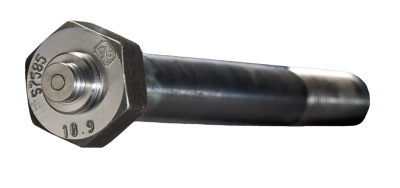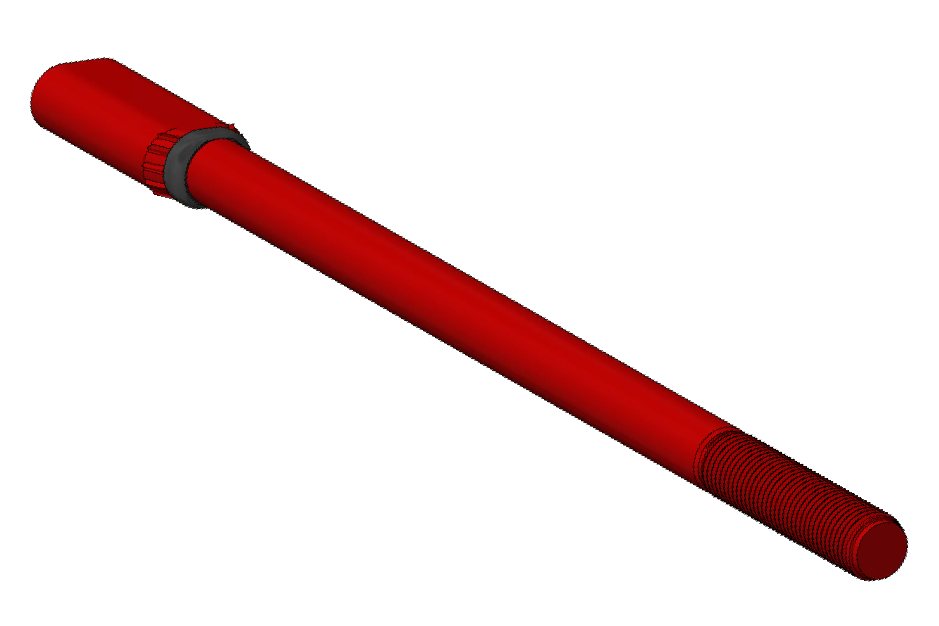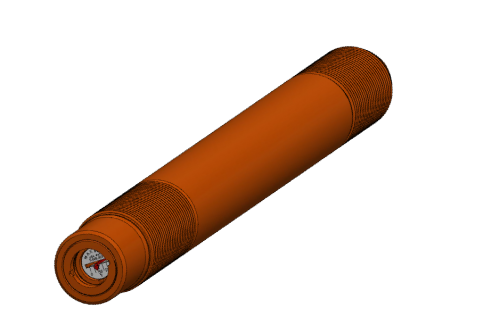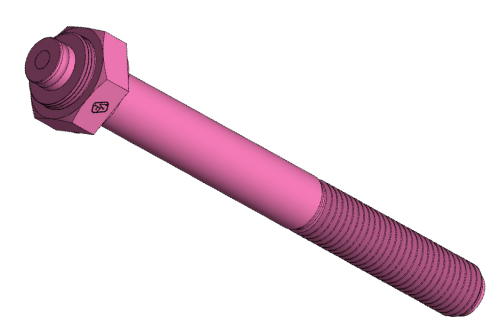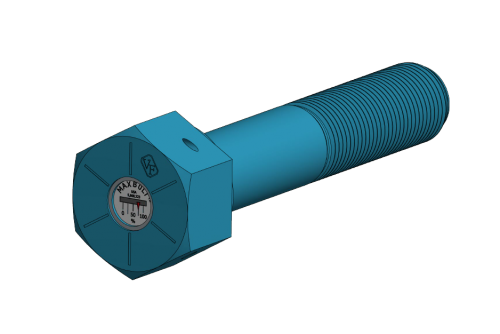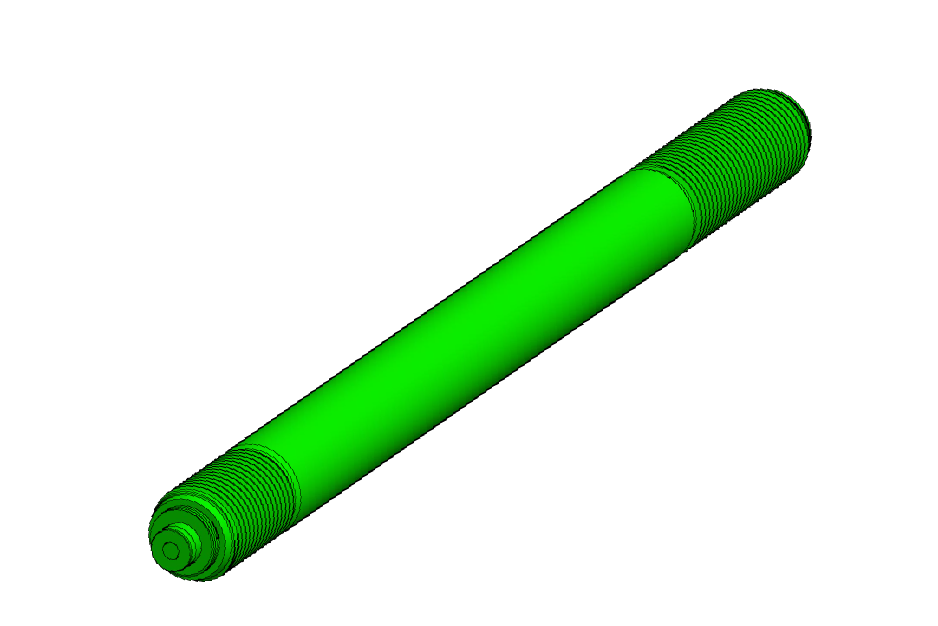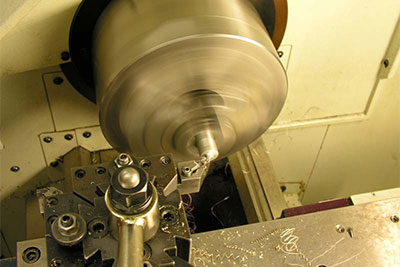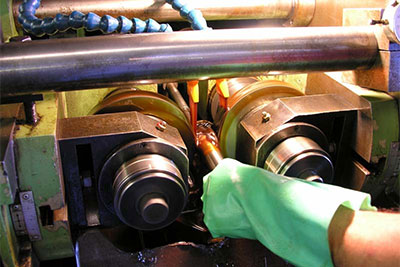Our Maxbolt™ crosstalk video demonstrates the interactions which occur between fasteners in a typical flanged piping connection. This scenario is a perfect example of the complexity of many real-life bolted joints; particularly those with gaskets.
The demonstration clearly shows the limitations inherent with torque-tightening. The resulting differences between theory and reality can be significant. Not only does torque-tightening deliver limited accuracy in terms of resulting bolt tension, but it cannot tell you what happens once the torque wrench is removed.
All conventional tightening methods except for load indicating fasteners have this limitation, in that they are only useful for initial installation, and cannot be used to provide feedback from the bolts (and the joint) after tightening. It is true that methods such as torque-tightening, hydraulic tensioning, or turn of the nut techniques can be used in various ways after the initial bolt tightening in an effort to compensate for interactions such as bolt cross-talk. However these methods all fundamentally use the same approach; repeat the same (or a variant of the) procedure used during initial tightening. In the context of torque-tightening, a common practice in industry is to repeatedly torque the bolts in a joint over-and-over until the nuts do not turn. If the nuts turn this implies that the bolt became loose during prior tightening. Obviously this information is very subjective in nature and does not provide any useful information other than some form of load relaxation or joint interaction is actually taking place.
If load-indicating bolts are utilized, as in this video demonstration, the nature and magnitude of the interactions can be quantified, and more importantly corrected for. Rather than embarking on the time-consuming process of blindly re-torquing all bolts multiple times, a more calculated approach can then be taken which targets only those bolts with unacceptably low load.

